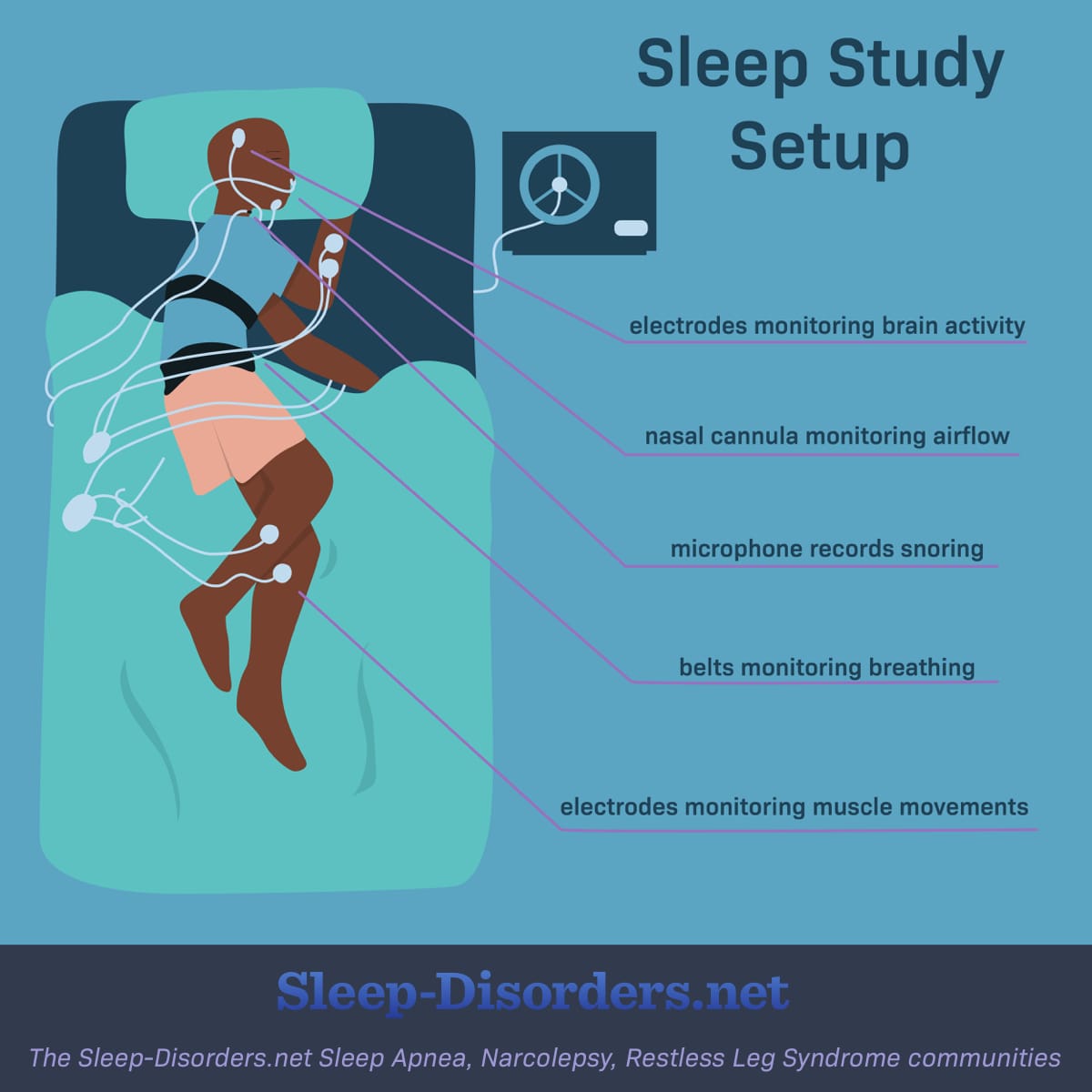
What is Level 2 Sleep Study ?
A Level 2 sleep study is a specific type of sleep assessment used to diagnose sleep disorders. It typically involves more comprehensive monitoring than a Level 3 or home sleep apnea test but is less extensive than a Level 1 study conducted in a sleep lab.
Here’s a breakdown of what a Level 2 sleep study usually entails:
Monitoring Parameters:
Brain Activity: Electroencephalography (EEG) to track brain waves and determine sleep stages.
Eye Movements: Electrooculography (EOG) to detect REM sleep and differentiate between sleep stages.
Muscle Activity: Electromyography (EMG) to assess muscle tone, especially in the chin and legs.
Heart Rate: Electrocardiography (ECG) to monitor heart rhythm and rate.
Breathing Patterns: Sensors measure airflow, respiratory effort, and oxygen levels in the blood to identify breathing-related disorders like obstructive sleep apnea.
Setting:
In-Lab Setting: A Level 2 study is often conducted in a sleep clinic or sleep center, where specialized equipment is used to monitor various physiological parameters during sleep.
Purpose:
Diagnosis: It helps diagnose sleep disorders such as obstructive sleep apnea, central sleep apnea, narcolepsy, and parasomnias (e.g., sleepwalking).
Evaluation: It provides detailed information about sleep architecture and disturbances.
Comparison to Other Levels:
Level 1: The most comprehensive study, typically done in a sleep lab with a full range of monitoring equipment.
Level 3: Often used for home sleep apnea testing, focusing primarily on airflow and oxygen levels with less detailed monitoring compared to Level 2.
Level 4: Generally used for simpler or more limited monitoring, such as just tracking oxygen levels.
The choice of study level depends on the specific clinical needs and the suspected sleep disorder.

